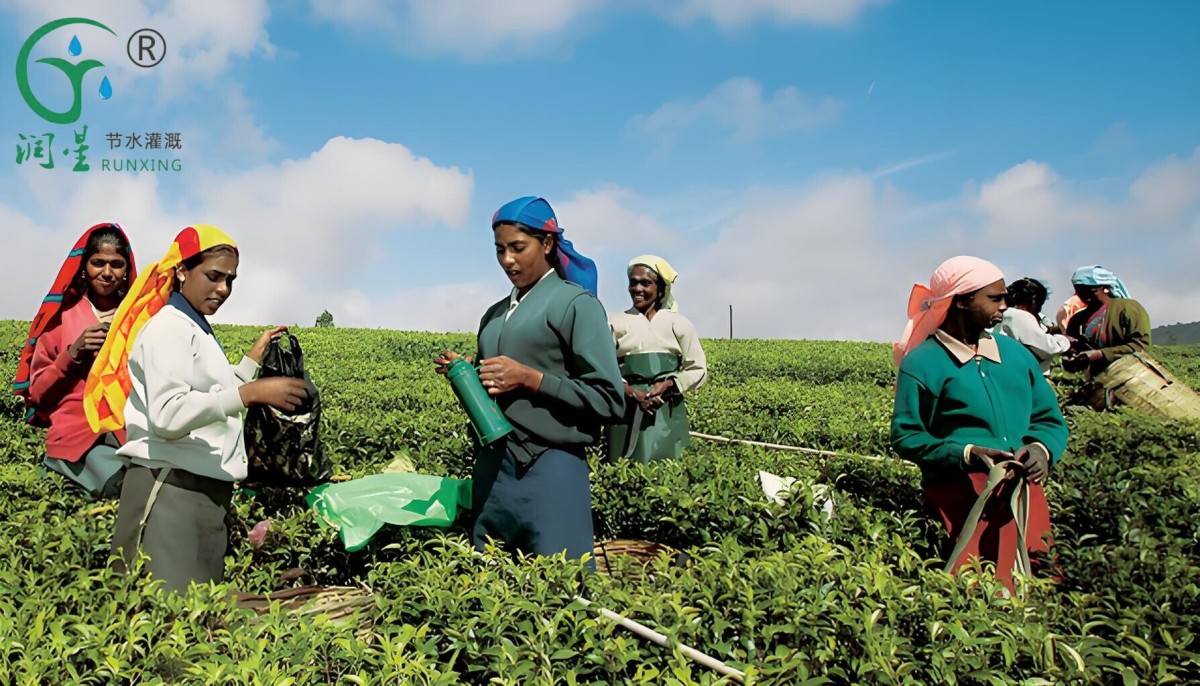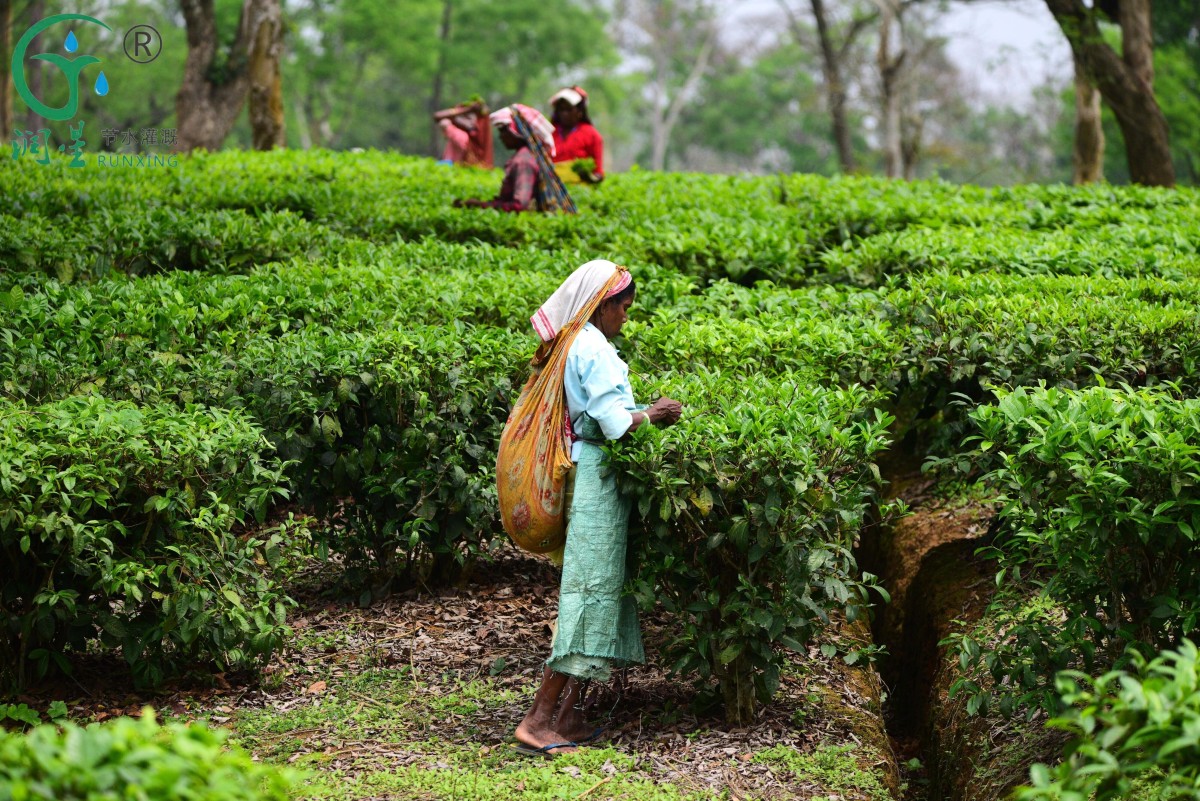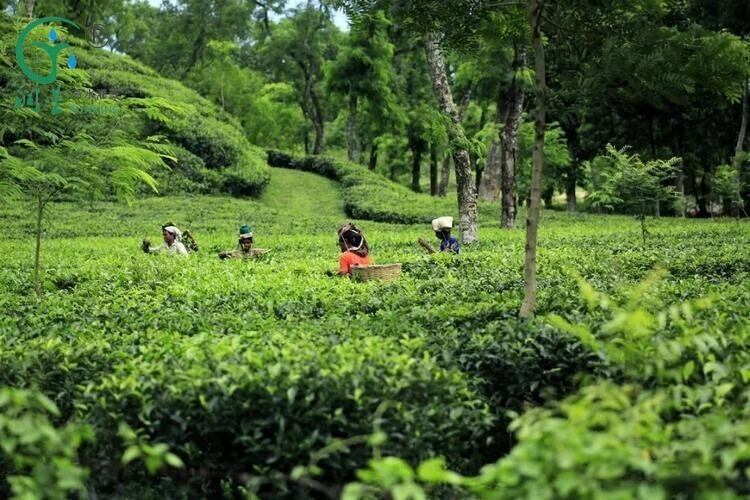Tea Plantation in India and the Necessity of Drip Irrigation Systems
In India, tea cultivation is a significant agricultural activity, particularly in northern and northeastern regions where tea has a long and extensive history. To enhance tea production and quality, efficient irrigation facilities are crucial, among which drip irrigation systems, as a water-saving method, are widely adopted in tea gardens.

Does Tea Plantation in India Require Drip Irrigation Systems?
The answer is yes. Tea plants have a high demand for water, especially during their vigorous growth periods. Adequate and uniform water supply is vital for tea growth. Drip irrigation systems directly deliver water to the tea plant roots, reducing evaporation and waste while maintaining soil moisture, providing a stable water environment for tea plants. Furthermore, drip irrigation precisely controls water volume and irrigation timing, preventing pests and diseases caused by excessive humidity in tea gardens.
Required Drip Irrigation Equipment and Installation
Drip irrigation systems mainly include water sources, pumps, filters, main pipelines, branch pipelines, and drippers. The specific installation steps are as follows:
Water Source Preparation: Ensure sufficient and good-quality water, avoiding the use of saline or contaminated alkaline water.
Pump Installation: Select an appropriate pump and install it in a location convenient for maintenance and operation, ensuring stable pump operation.
Filter Installation: Install a filter before the main pipeline to prevent impurities from blocking drippers.
Pipeline Laying: Based on the tea garden layout, reasonably lay the main and branch pipelines. The main pipeline should be laid along the edges of the tea garden or in easily accessible locations, while the branch pipelines are laid along the tea plant rows.
Dripper Installation: Install drippers on the branch pipelines to ensure each tea plant receives uniform water supply. The spacing and number of drippers should be adjusted according to tea plant varieties, growth stages, and soil conditions.
System Debugging: After installation, conduct system debugging to check pipeline connections for tightness, dripper flow for smoothness, and water uniformity.

Water Requirements and Control
Tea plants' water needs vary based on varieties, growth stages, and climatic conditions. In Indian tea gardens, the average annual water requirement per tea plant is approximately 1,000-1,500 liters. To precisely control water usage, the following measures can be taken:
Install Water Meters: Install water meters on the main pipelines to monitor irrigation water usage in real-time.
Set Irrigation Plans: Develop reasonable irrigation plans based on tea plant growth cycles and climatic conditions, avoiding blind irrigation and water wastage.
Use Smart Control Systems: Install smart irrigation control systems that automatically adjust irrigation times and water volumes based on soil moisture, weather forecasts, and other data.
Better Tea Cultivation Techniques
Apart from efficient irrigation facilities, the following cultivation techniques can also help improve tea production and quality:
Soil Management: Maintain loose, fertile, and slightly acidic soil. Regularly till the soil, apply organic fertilizers and trace element fertilizers to improve soil structure and nutrient status.
Pruning Management: Regularly prune tea plants to promote branching and lateral bud growth, increasing tea production and quality. Pruning also reduces the occurrence and spread of pests and diseases.
Pest and Disease Control: Adopt a combination of physical, biological, and chemical methods for pest and disease control. This includes installing insect screens, releasing natural enemies, and using biological pesticides.
Reasonable Harvesting: Develop reasonable harvesting plans based on tea plant growth and market demand. Avoid overharvesting that weakens tea plants and affects tea quality.

In summary, drip irrigation systems play a vital role in tea cultivation in India. By reasonably installing drip irrigation equipment, precisely controlling water usage, and adopting scientific cultivation techniques, tea production and quality can be significantly improved, bringing higher economic benefits to tea farmers.
If you have any needs, please contact us.
About Us
We are dedicated to offering innovative, water-saving, and labor-saving irrigation solutions for agriculture worldwide. Our focus on quality and continuous innovation drives the development and progress of the industry
LOGO
This stunning beach house property is a true oasis, nestled in a serene coastal community with direct access to the beach.
Opening Hours
Monday - Friday : 9AM to 5PM
Sunday: Closed
Closed during holidays
Contact
+18888888888
hezuo@eyingbao.com123 West Street, Melbourne Victoria 3000 Australia
